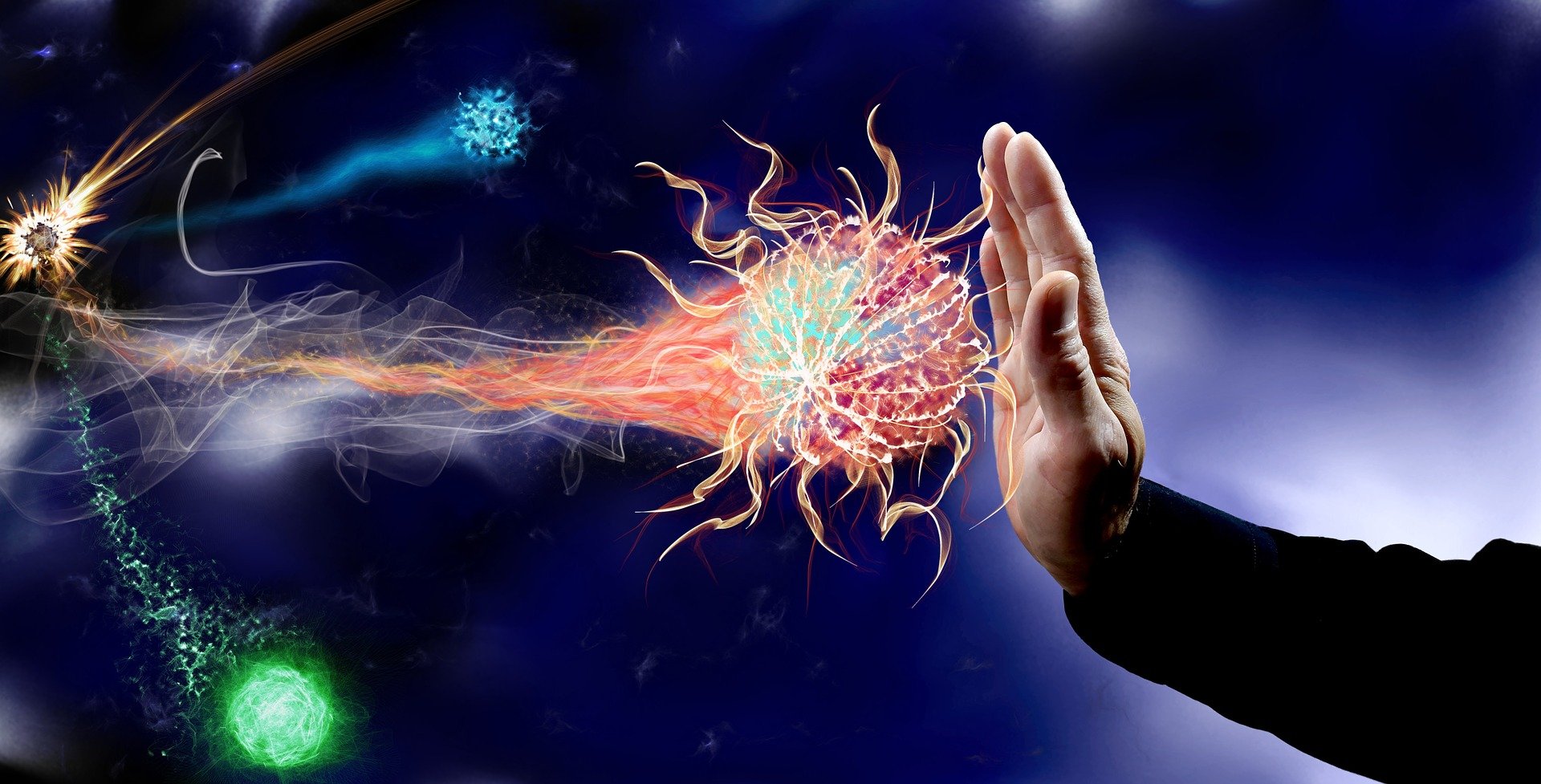Clinical Pharmacokinetics
What is Clinical Pharmacokinetics? During the drug development process, large numbers of patients are enrolled in clinical trials to determine efficacy and optimum dosing regimens. Along with safety and efficacy data and other patient information, the FDA approves a label that becomes the package insert discussed in more detail later in this chapter. The approved … Read more
